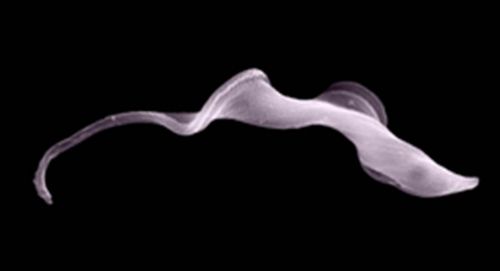
13/12/2017
ALBA Synchrotron Works for People’s Health
ALBA Synchrotron Works for People’s Health
More news
19/12/2016
Foundation stone ceremony for Natura Bissé’s new world headquarters in Barcelona Synchrotron Park
15/12/2016
The Bioregion of Catalonia in Nature
07/12/2016
Digitus II Awarded By Barcelona Synchrotron Park As Best Business Idea Of The UAB University Research Park
29/11/2016
The European Commission awards the “Business & Biodiversity” label to Barcelona Synchrotron Park
21/11/2016
Barcelona 2nd Smart City in the World
15/11/2016
Barcelona Synchrotron Park Sponsors the PRUAB Ideas Generation Program









